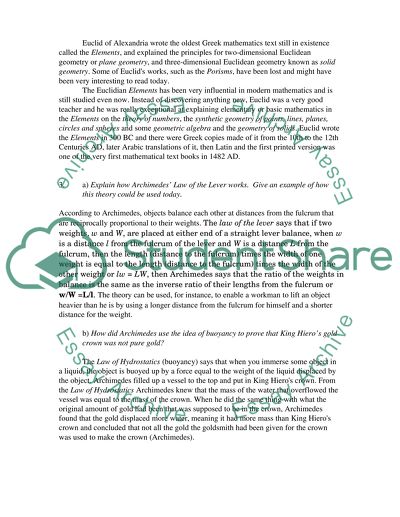Cite this document
(“History of Mathematics Essay Example | Topics and Well Written Essays - 1500 words”, n.d.)
History of Mathematics Essay Example | Topics and Well Written Essays - 1500 words. Retrieved from https://studentshare.org/history/1512300-history-of-mathematics-essay
History of Mathematics Essay Example | Topics and Well Written Essays - 1500 words. Retrieved from https://studentshare.org/history/1512300-history-of-mathematics-essay
(History of Mathematics Essay Example | Topics and Well Written Essays - 1500 Words)
History of Mathematics Essay Example | Topics and Well Written Essays - 1500 Words. https://studentshare.org/history/1512300-history-of-mathematics-essay.
History of Mathematics Essay Example | Topics and Well Written Essays - 1500 Words. https://studentshare.org/history/1512300-history-of-mathematics-essay.
“History of Mathematics Essay Example | Topics and Well Written Essays - 1500 Words”, n.d. https://studentshare.org/history/1512300-history-of-mathematics-essay.


